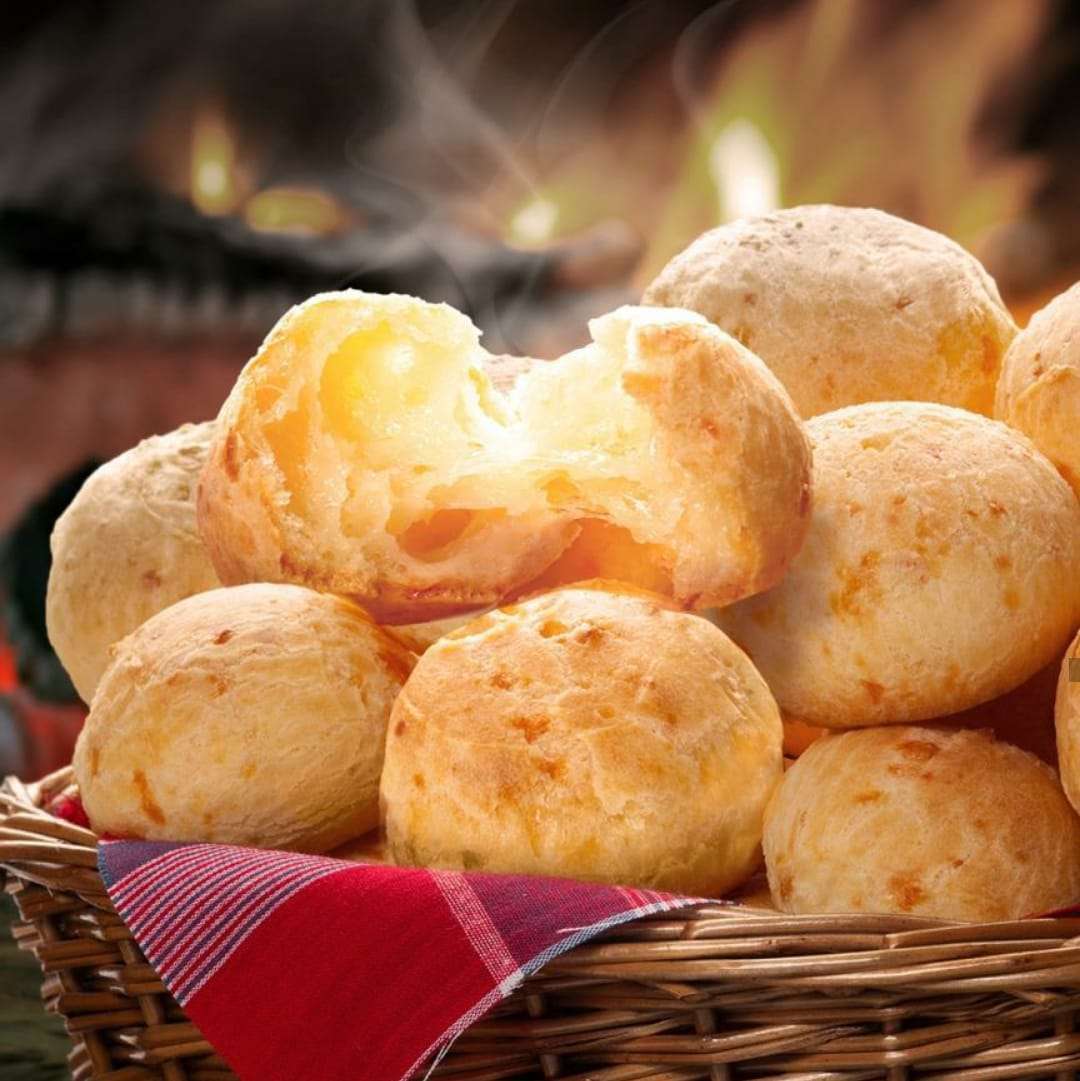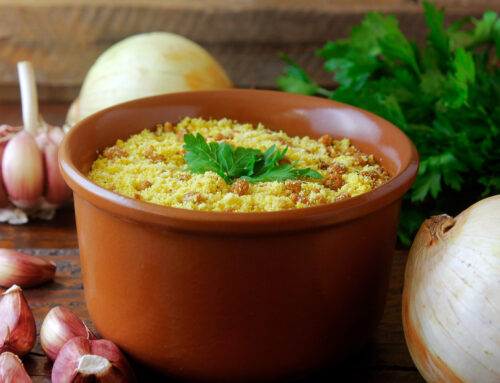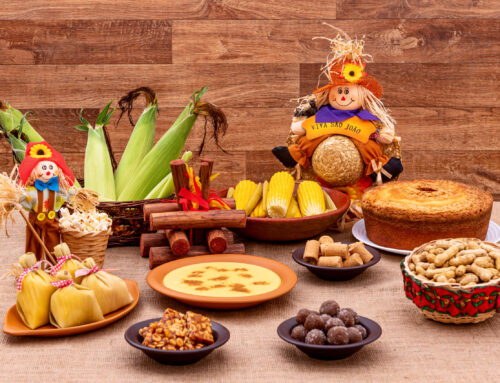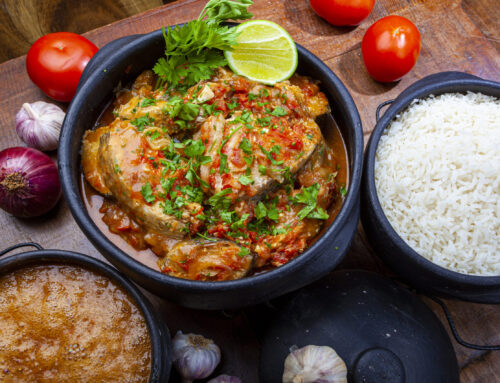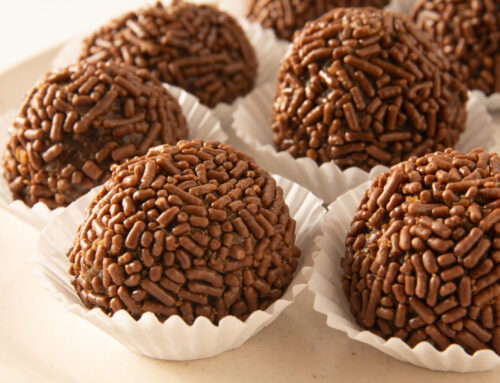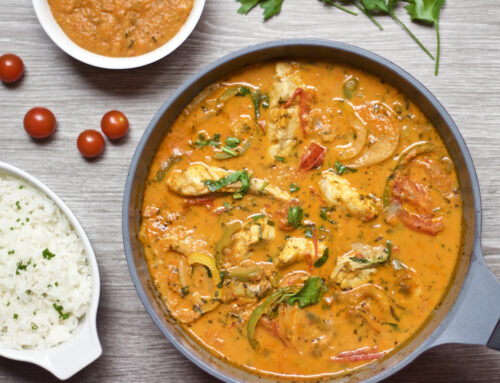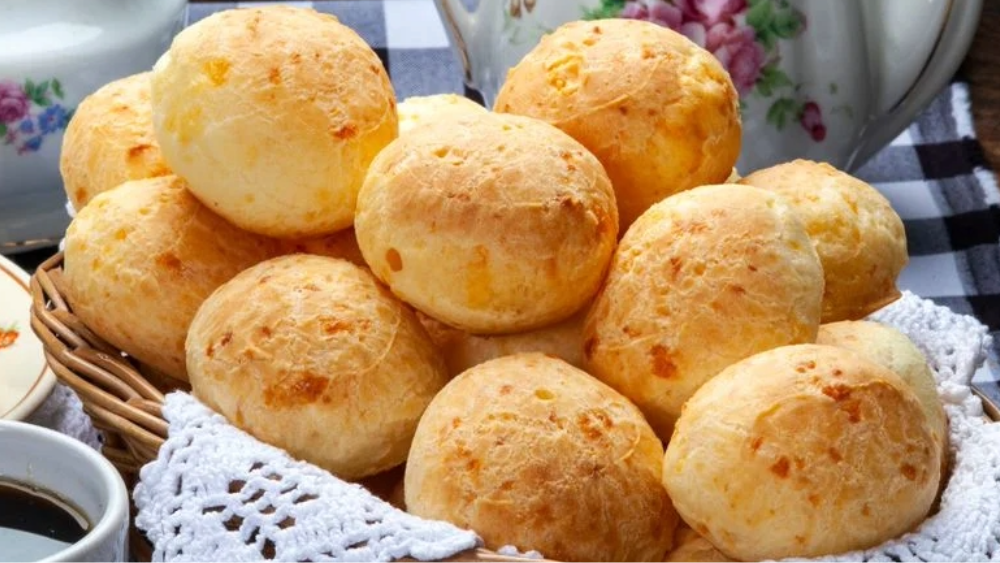
Imagine Minas Gerais in the 18th century, where vast green fields stretch beyond the horizon, and mountains hold culinary secrets that have enchanted the most demanding palates for a long time. It was in this picturesque and historic setting that cheese bread, this gastronomic marvel, made its first appearance.
Around the year 1750, when Minas Gerais’ agriculture began to specialize in the production of milk and its derivatives, what would become one of the most beloved icons of Brazilian cuisine was born: the Pão de Queijo. At that time, Minas Gerais, due to its geographical distance from the coast, consumed little flour, an imported product. However, the region was abundant in cassava, a root native to the continent and the raw material for starch.
The first cheese breads were a true masterpiece of simplicity and creativity. Hardened cheese trimmings, known as “grosa,” were mixed with the starch, resulting in a dough that, once shaped into small balls and baked, transformed into something divine. But the story didn’t stop there.
Over time, additional ingredients were incorporated into the original recipe to further enrich its texture and flavor. Eggs and milk, also abundant in the region, were introduced, elevating cheese bread to an even more sublime level. Thus, each bite became a unique sensory experience, where the softness of the dough blends perfectly with the intense flavor of the cheese.
But the charm of cheese bread goes beyond its composition. It’s about the ritual of preparing it, of gathering the family around the table, of sharing stories while carefully shaping each little ball. It’s about the irresistible aroma that fills the house when the golden rolls come out of the oven, announcing that happiness is about to be savored.
The gastronomy website TasteAtlas elected cheese bread as the third-best breakfast in the world. The list was published in April 2023, and according to the portal, it received more than 17,000 reviews, of which about 11,000 were validated.
Currently, cheese bread is much more than just a regional delicacy. It’s a symbol of Brazil’s culinary wealth, a reminder of times past that still lives and thrives in every little piece of this delicious treat. And, for those lucky enough to try it, it’s a journey back to the roots of a tradition that transcends time and space.
